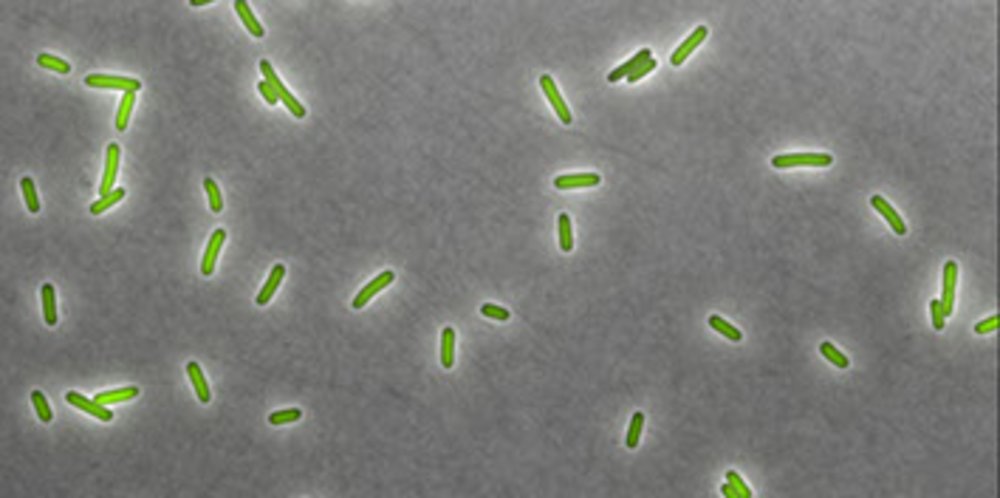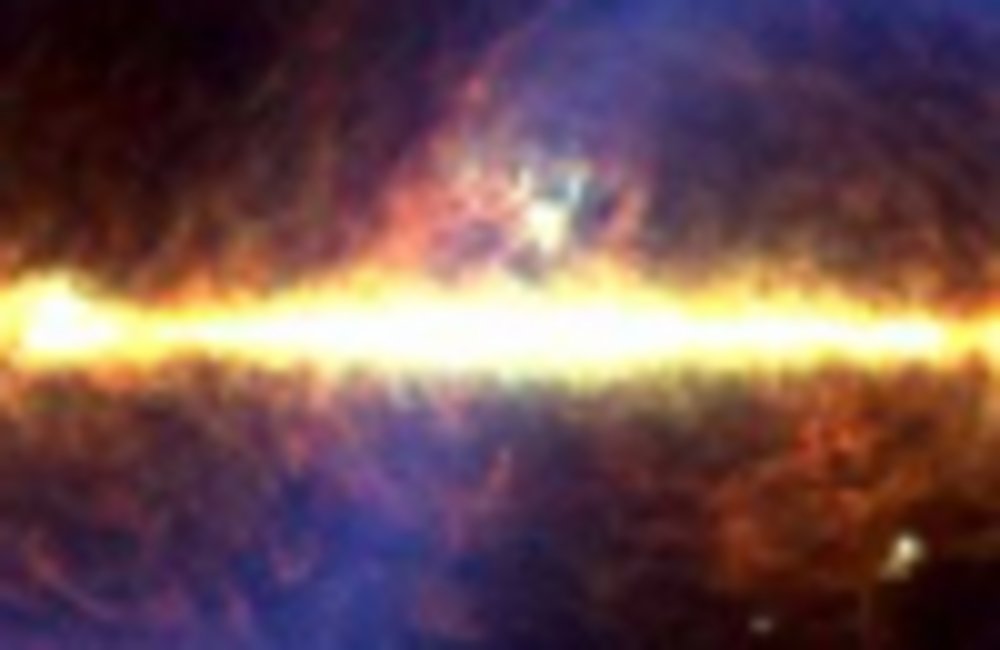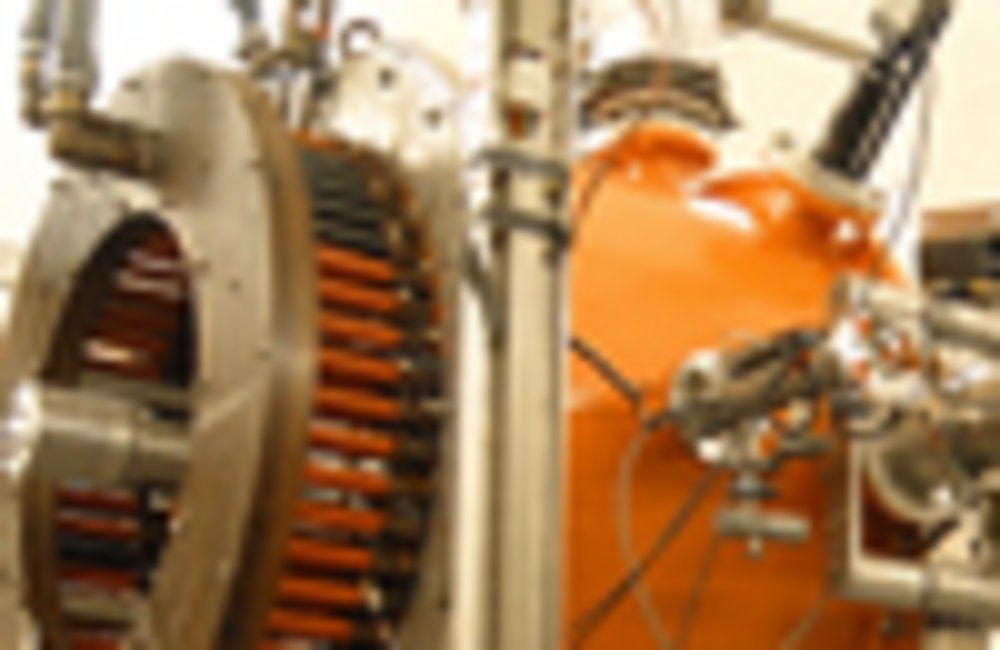The Department of Physics
The Department of Physics is responsible for the non-teacher physics study programmes at the University of Cologne and the subject physics in the teacher training courses Gymnasium/Gesamtschule and Berufskolleg. It consists of five institutes, which are independent scientific institutions and cooperate closely with each other, and has a common infrastructure.
The Institute for Astrophysics (formerly I. Physics Institute) is actively involved in frontier astrophysical research from millimeter to near-infrared wavelengths (structure of molecular clouds, star formation, galactic center and extragalactic nuclei) and leads in a number of instrumental developments for the international community (HIFI on Herschel, GREAT/STAR on SOFIA, LINC/NIRVANA for the LBT, MIRI on JWST), which is complemented by laboratory astrophysics and high resolution molecular spectroscopy.
At the Institute of Physics II, we investigate novel solid-state materials with remarkable and unconventional properties or functions (e.g., superconducting, ferroelectric and magnetic oxides, rare-earth compounds, functional ceramics, intermetallics or organic conductors). Besides synthesis and sample characterization, a large variety of experimental methods is utilized, with emphasis on spectroscopic techniques.
At the Institute for nuclear physics (IKP) the structure of atomic nuclei is studied by using spectroscopy of excited nuclear states. Therefore powerful and (high-)efficient gamma-ray and particle detectors are used to measure the emitted gamma-rays, conversion electrons and recoiled and/or produced nuclei. The excited nuclear states are populated via nuclear reactions between ion beams from the 10 MV Tandem accelerator and particular target materials. By analyzing the measured gamma-ray and/or conversion electron spectra properties of the nuclear excitations and their electromagnetic decays can be investigated.
The research interests at the Institute for Theoretical Physics range from biophysics to nanophysics, from the properties of novel materials to quantum gravity. An important aspect of our work is the close collaboration with experimentalists, mathematicians, chemists and biologists.

Modern biophysics links multiple scales of biological systems, ranging from mechanisms of molecular functions inside the cell to the evolution of biological information in a population. Our research integrates these directions into an interdisciplinary science of living systems.



